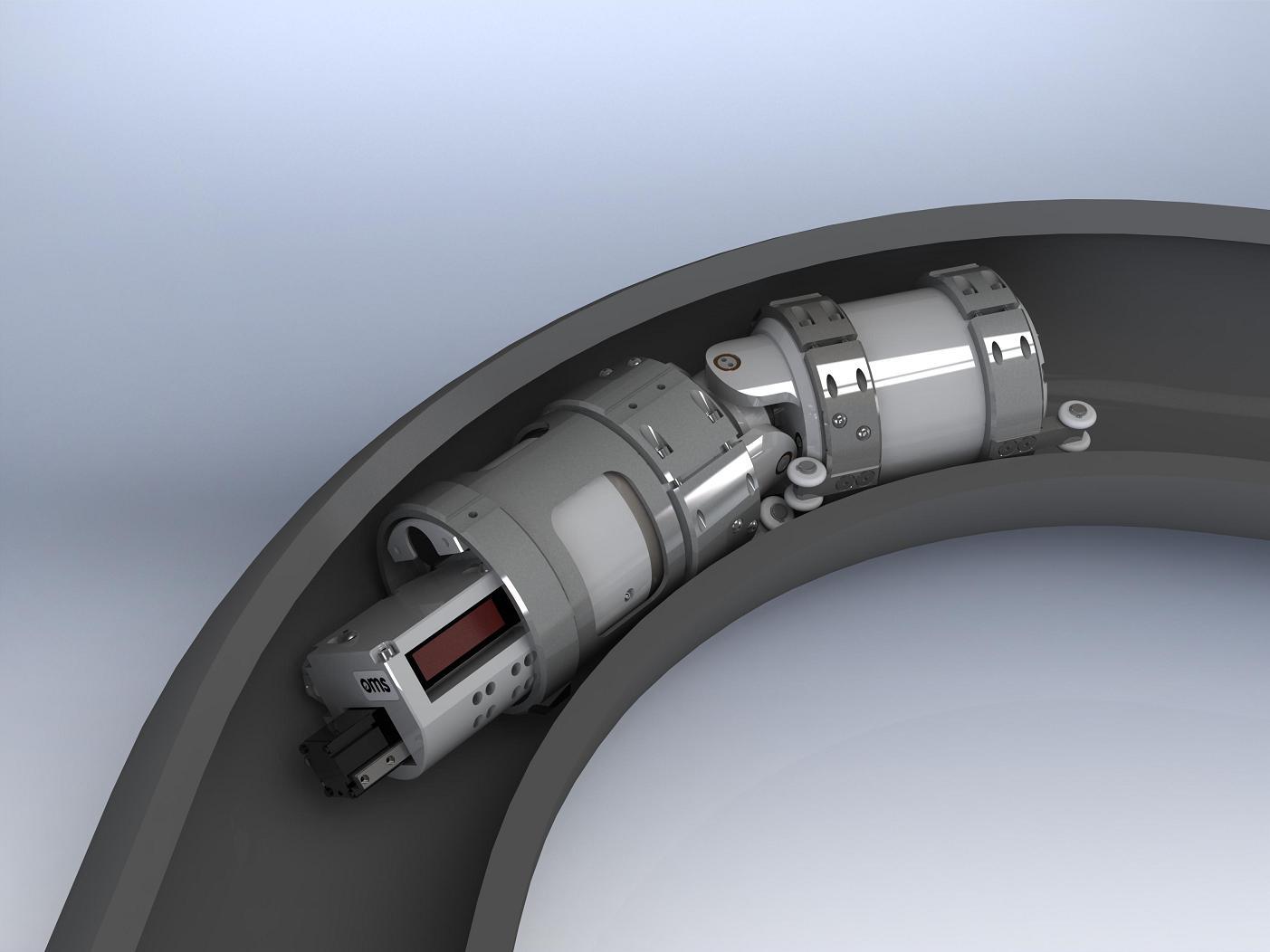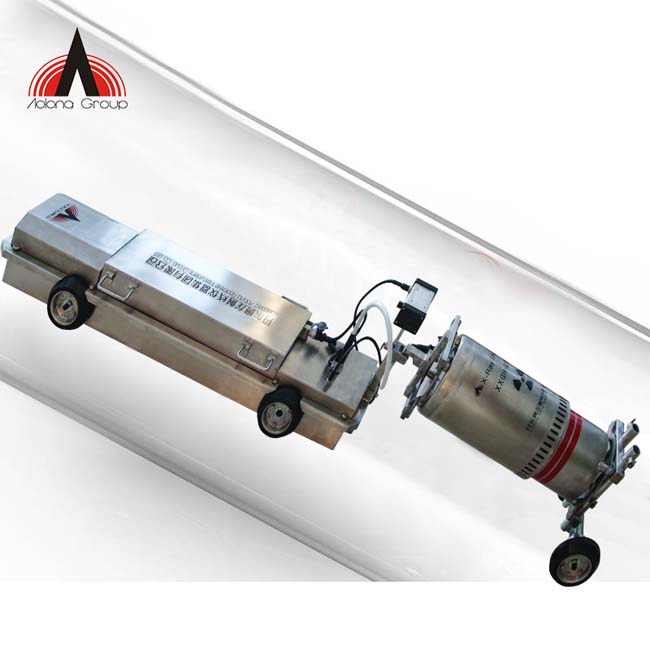Accuracy Matters: Relied On Pipeline Welding Inspection Services for Essential Jobs
Accuracy Matters: Relied On Pipeline Welding Inspection Services for Essential Jobs
Blog Article
Comprehensive Summary of Pipeline Welding Assessment Procedures
Pipeline welding assessment procedures play a critical function in guaranteeing that welded connections meet rigorous industry criteria and specs. From precise pre-welding inspections to comprehensive post-weld assessments, a well-defined assessment process is necessary for keeping the structural sturdiness of pipelines.
Pre-welding Assessment Preparations
Before starting the welding procedure, complete pre-welding inspection prep work are vital to ensure the integrity and quality of the weld joint. These prep work include a precise examination of the materials to be bonded, the welding tools, and the job atmosphere. The materials should be evaluated for any type of flaws, contaminants, or inconsistencies that can endanger the weld. This consists of monitoring for proper product grades, measurements, and surface area problems. Pipeline Welding Inspection. Additionally, the welding devices needs to be examined to verify that it is in good working condition, calibrated correctly, and suitable for the specific welding procedure. Any type of concerns with the devices should be attended to without delay to avoid flaws in the weld. The work environment have to be examined for tidiness, proper ventilation, and security actions to ensure a conducive setup for the welding operation. By carrying out comprehensive pre-welding evaluation preparations, potential problems can be determined and fixed early on, causing reliable and high-quality weld joints.
Welding Treatment Certification
Detailed pre-welding inspection preparations lay the foundation for the critical process of Welding Treatment Credentials, ensuring the stability and quality of the weld joint. Welding Procedure Qualification (WPQ) is an essential step in the welding procedure that includes screening and licensing welding treatments to guarantee they satisfy particular criteria and demands. The WPQ procedure commonly includes welding treatment requirements advancement, welding procedure qualification testing, and documents of the outcomes.
Throughout welding procedure requirements development, crucial details such as the welding procedure, welding products, joint layout, and welding parameters are specified to produce a detailed procedure. Ultimately, welding procedure credentials testing is conducted to confirm the proposed procedure's stability. This testing typically includes welding examination coupons that are subjected to numerous mechanical and non-destructive examinations to evaluate the weld's top quality and adherence to the defined standards.
In-process Weld Assessment
During the welding process, in-process weld inspection plays a crucial role in guaranteeing the top quality and stability of the weld joint - Pipeline Welding Inspection. This type of evaluation includes keeping track of the welding specifications, assessing the weld bead formation, and detecting any type of prospective flaws or suspensions as they take place. By carrying out in-process weld inspections, welding operators can promptly address any kind of problems that may arise, thus ensuring and preventing further flaws that the final weld satisfies the needed specs
Common approaches made use of for in-process weld assessment consist of aesthetic assessment, fluid penetrant testing, magnetic fragment testing, ultrasonic screening, and radiographic screening. Overall, in-process weld examination is necessary for preserving the top quality and reliability of welded pipes.
Non-destructive Screening (NDT)
Non-destructive Screening (NDT) is a crucial method used in click here for more info pipe welding evaluation to assess the integrity of weld joints without creating damage to the bonded structure. By utilizing different NDT strategies, examiners can review the quality of welds and recognize any issues or discontinuities that may navigate here endanger the structural sturdiness of the pipe. Common NDT approaches utilized in pipeline welding inspection include Radiographic Testing (RT), Ultrasonic Testing (UT), Magnetic Fragment Testing (MPT), Liquid Penetrant Testing (LPT), and Visual Testing (VT)
RT involves the usage of X-rays or gamma rays to generate pictures of the inner framework of the weld, allowing inspectors to find flaws such as porosity, cracks, or insufficient fusion. Additionally, VT entails aesthetic assessment of welds to recognize any type of visible imperfections.
Post-weld Examination and Documents


Paperwork of post-weld inspection searchings for is necessary for maintaining high quality control documents and making certain conformity with industry requirements and regulations. Comprehensive reports ought to include details about the evaluation methods used, the place and nature of original site any kind of defects discovered, and any kind of rehabilitative activities taken - Pipeline Welding Inspection. Appropriate documents not just acts as a document of the weld's high quality however likewise help in future maintenance and evaluation procedures
Final Thought

In verdict, pipeline welding inspection procedures play an essential role in making sure the top quality and honesty of welds. Generally, adherence to correct evaluation methods is crucial to the success of pipe welding jobs.
From careful pre-welding inspections to extensive post-weld assessments, a well-defined assessment process is vital for maintaining the architectural strength of pipelines. By performing in-process weld assessments, welding operators can immediately address any concerns that might occur, thus guaranteeing and avoiding more flaws that the last weld satisfies the called for requirements.
Common approaches made use of for in-process weld examination include visual examination, fluid penetrant screening, magnetic bit screening, ultrasonic screening, and radiographic testing.Non-destructive Testing (NDT) is a vital method utilized in pipe welding examination to analyze the stability of weld joints without causing damages to the bonded structure. Post-weld evaluation entails different techniques to evaluate the welds for issues, including aesthetic examination, color penetrant screening, magnetic fragment testing, ultrasonic testing, and radiographic testing.
Report this page